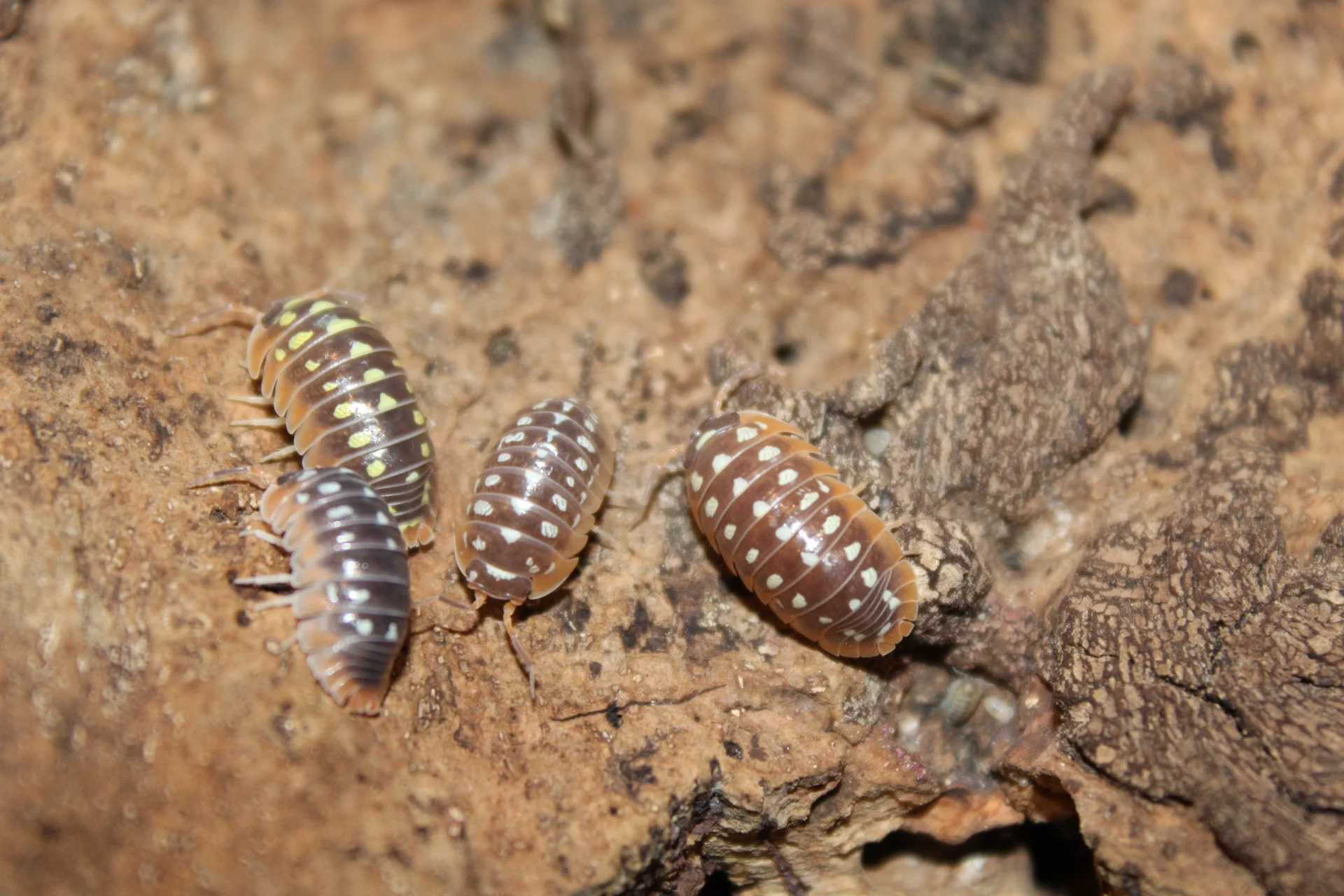
Armadillidium flavoscutatum
Armadillidium flavoscutatum is a lesser-known species of terrestrial isopod within the family Armadillidiidae, commonly referred to as pill bugs or roly-polies. These isopods are notable for their unique characteristics and ecological roles. This detailed overview will cover the taxonomy, morphology, habitat, behavior, ecological role, reproduction, and conservation status of A. flavoscutatum.
| Common Name | Armadillidium flavoscutatum |
|---|---|
| Scientific Name | Armadillidium flavoscutatum |
| Taxonomy |
|
| Habitat | This species thrives in moist habitats, typically found in leaf litter, under stones, logs, or within the top layer of soil. Such environments provide the necessary humidity and organic matter for sustenance. |
| Region | A. flavoscutatum is primarily found in specific regions, often in parts of Europe. The distribution may not be widespread, and it is essential for detailed studies to clarify its range. |
| Lifespan (Years) | 2 |
| Diet | Decaying plant matter, leaf litter, calcium supplement, occasional protein |
| Humidity Range (%) | 60–90 |
| Temperature Range (°C) | |
| Conservation Status | Although not widely studied, A. flavoscutatum can face risks from habitat loss, urbanization, pollution, and climate change, which may alter their natural habitats and food sources. |
| Coloration | A. flavoscutatum is recognized for its distinctive color. The name “flavoscutatum” suggests “yellow shield,” indicative of varying shades of yellow, brown, or cream found on its dorsal side. The coloration may help with camouflage in its natural habitat among leaves and soil. |
| Care Notes | Provide moist substrate with hiding spots. Use leaf litter, decayed wood, and moss. Ensure moderate to high humidity with ventilation. |
| Breeding Info | Can breed in captivity with stable environment. Some species are prolific, others slow. |
| Adult Size (cm) | This species typically measures around 1 to 3 cm in length, comparable to many other terrestrial isopods. |
| Temperament | Shy to docile, species dependent |
Image credited to Bugs & Beyond
Was this helpful?
0 / 0